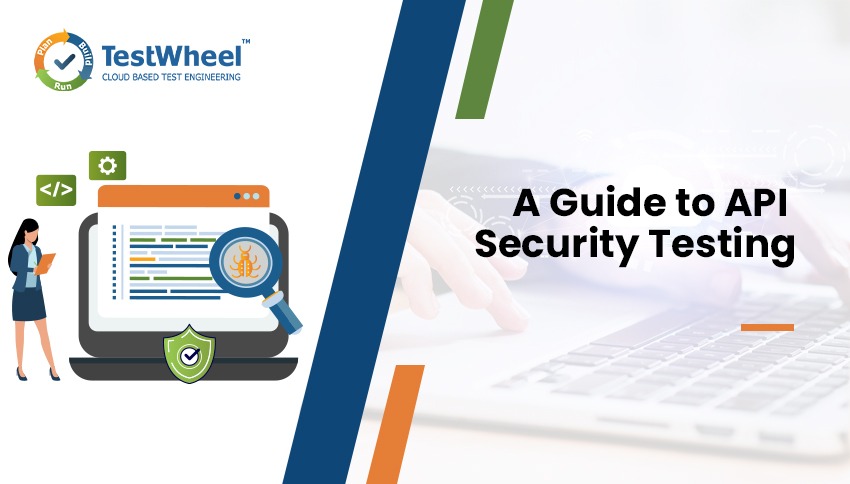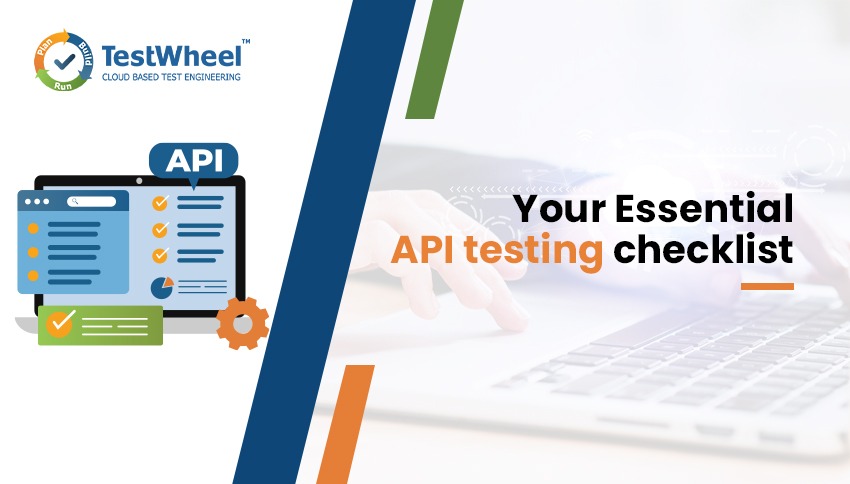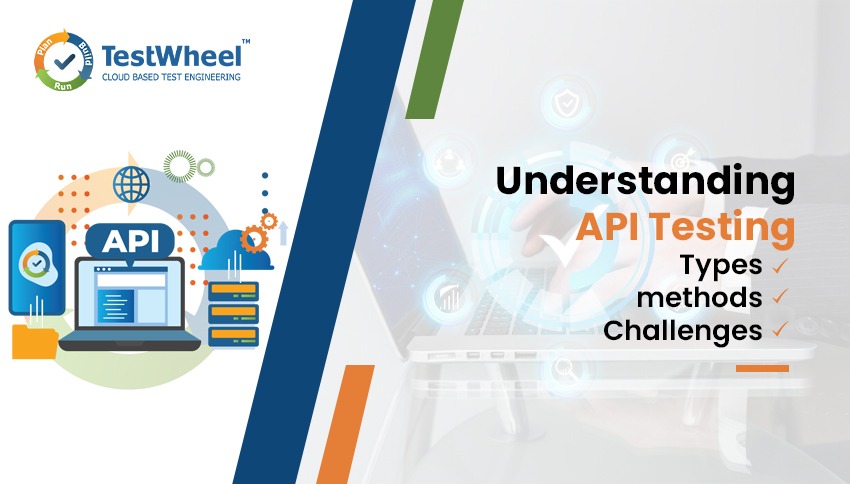- July 15, 2025
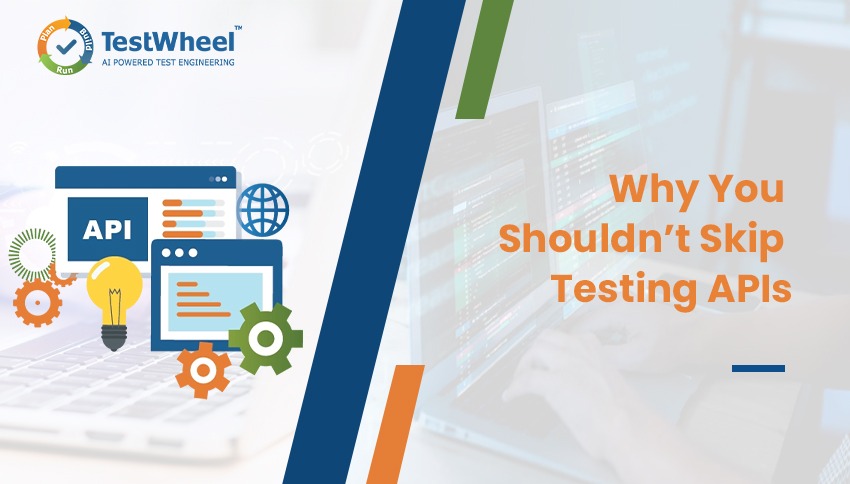
Many development teams skip API testing altogether during the development process, even though it’s a critical function that controls how data moves between systems. Whether it’s due to deadline pressure, the confidence that unit tests are enough, or a focus on only fixing visible UI bugs, API testing is often overlooked in the software development life cycle (SDLC). But assuming your software will work as expected without validating APIs is a mistake that can cost you.
Table of Contents
Real World Example: API Testing Gone Wrong
In this scenario we’re going to look at an API built with Spring boot, a popular JAVA framework used for building RESTful APIs in enterprise environments. The example API below is for a quote system in a website application for an auto insurance company. Below you will find a workflow example and a code snippet example of the Driving History API.
Workflow Example
| Step | API Purpose | Data Pulled |
|---|---|---|
| Vehicle Info API | Pull vehicle details by VIN | Make, model, year, safety features |
| Driving History API | Retrieve driver records | Accidents, violations |
| Claims History API | Check prior insurance claims | Previous claim dates and amounts |
| Geolocation API | Assess regional risk factors | Crime, weather risks by ZIP code |
Code Snippet Example
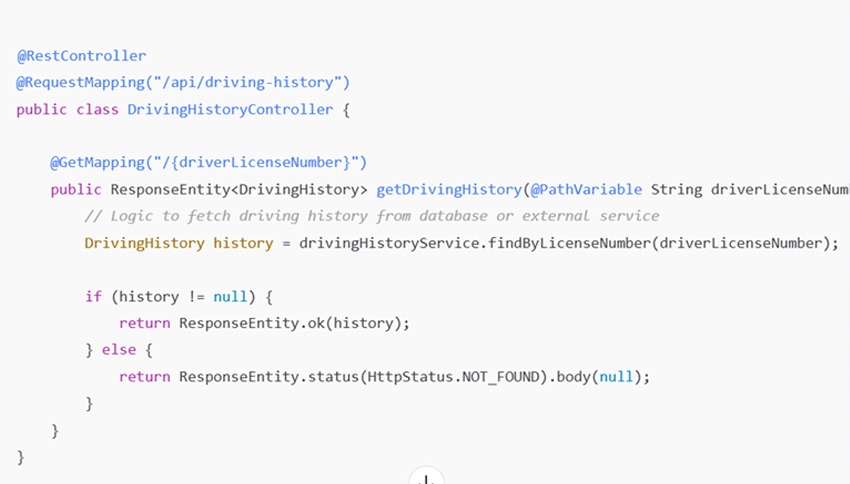
- This API endpoint listens for GET requests like /api/driving-history/ABC12345.
- It queries the database or another system for the driver’s record.
- It returns structured JSON data with accidents, violations, and license status.
Now, imagine the above Driving History API was never tested before a major release. A bug causes it to return incomplete records. As a result, quotes are miscalculated, and customers begin receiving inaccurate pricing or are denied coverage altogether.
Suddenly, a senior executive starts getting calls from upset partners. They’re demanding to know what’s broken. Internally, the development team scrambles. The tech lead is pulled into a meeting to explain what an API is, how this error happened, and why no one caught it. “Wasn’t this tested?” the executive asks.
The truth? It wasn’t.
Because the API wasn’t properly validated, trust is damaged, the quote system needs to go offline temporarily, the application update is delayed, and now leadership is under pressure to restore consumer confidence in their company, not just fix the API failure.
“According to Markets and Markets, the AI API market is expected to grow from USD 44.41 billion in 2025 to USD 179.14 billion by 2030, at a compound annual growth rate (CAGR) of 32.2% during the forecast period.”
Why Testing API Matters: Long-Term Benefits Over Short-Term Gains
Whether or not you’ve experienced an API failure, these long-term benefits of API testing are worth considering for a stronger, more efficient end to end testing process that will benefit development teams in the long run.

Catch Issues Early: API problems often cause data mismatches and logic errors invisible at the UI level.
Speed Up Debugging: Isolating API bugs is faster than hunting through complex UI workflows.
Reduce Release Delays: Identifying broken endpoints or incorrect data prevents costly rollbacks.
Improve Integration Quality: APIs connect multiple systems, so one faulty API can create a snowball effect of cascading failures.
Enhance Security: API tests can check for authorization and data validation flaws.
Still Tempted to Skip Testing APIs? Automate Instead
Manual API testing with tools like HTTPie or cURL can be tedious, error-prone, and time-consuming. Each test requires manually configuring requests: entering headers, URLs, parameters, and request bodies, then running commands from the terminal to send HTTP requests (GET, POST, PUT, DELETE, etc.) and reviewing the responses. It’s easy to make mistakes or skip steps, especially when tests need to be repeated frequently. As APIs evolve, maintaining consistency becomes harder, and testers often struggle to ensure full coverage or detect broken data pulls in time.
Relying solely on manual testing can create a false sense of security—until a critical issue reaches production and teams are left scrambling to fix the error.
Why not streamline the process with automation? Achieve faster execution, more accurate results, and consistent test coverage across every release.
How TestWheel Simplifies API Testing and Automation
TestWheel removes the guesswork by making API testing simple, scalable, and repeatable. With an intuitive UI, users can quickly configure tests by entering headers, target URLs, HTTP methods, test data, and request bodies—no coding experience required.
TestWheel supports universally accepted data formats like XML and JSON, making it language-independent and compatible with any tech stack. Built-in assertion validation enables users to automatically verify responses against expected outcomes, including status codes, headers, and response bodies.
You can easily create and run REST API tests for all major HTTP methods—GET, POST, PUT, and DELETE—either individually or bundled in a full test suite. Parameterized testing allows teams to reuse scripts and execute multiple test runs with different values using stored data profiles. TestWheel also features automatic data capture for more efficient validation and greater consistency.
Unlike other platforms that charge extra or require separate tools like Postman for API testing, TestWheel includes full API functionality at no additional cost. Whether you’re testing APIs, web apps, mobile apps, or load performance—TestWheel brings it all together in one unified platform, eliminating the need to juggle multiple tools and licenses.
With TestWheel, teams gain faster execution, better accuracy, and broader coverage—all while keeping costs under control.
No More Excuses – Automate Your API Testing
Skipping API testing puts your software, your team, your brand, and your customers at risk. It can lead to data errors, unexpected behavior, and lost consumer confidence. TestWheel removes the risk by making API testing accessible, consistent, and easy to document.
With simple reporting, automatic test history, and reusable cases, your team can confidently show that everything was thoroughly tested and properly tracked. You can even import existing tests from Swagger, Postman, or WSDL—saving time and avoiding duplication of work.
Don’t let a missed API test delay your next release. Automate it, catch more bugs, and deliver with confidence.
